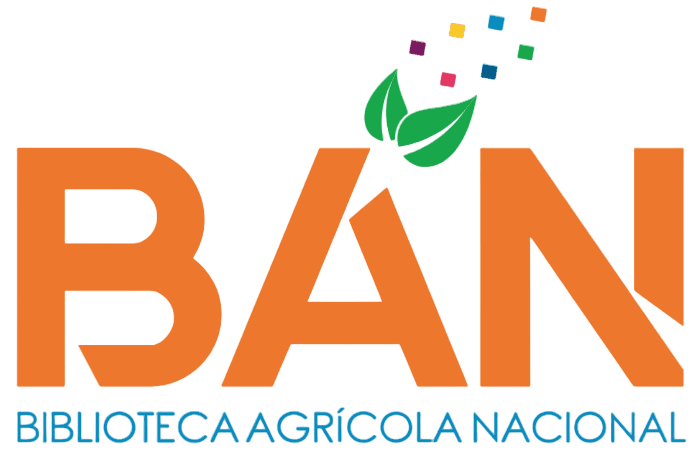Influencia del clima en la fenología de los bosques estacionalmente secos (BES) en Piura
Loading...
Código QR
Authors
Vergara Camarena, Nicole Astrid
Contact Email
Abstract
Este estudio tiene como objetivo general evaluar la influencia del clima en la fenología de los bosques estacionalmente secos en Piura durante el período 2019-2023. Los objetivos específicos son determinar la dinámica fenológica de estos bosques, analizar las tendencias temporales del Índice de Vegetación de Diferencia Normalizada (NDVI) y evaluar el impacto de las variables ambientales en esta dinámica fenológica. A lo largo de los dos trimestres evaluados cada año, se observó una notable variabilidad en las métricas fenológicas en todas las estaciones de estudio. En general, se identificó una tendencia hacia un retraso en las fechas de las métricas fenológicas y una reducción en la Longitud de Estación de Crecimiento (LOS) cada año. Esta tendencia fue consistente en todas las estaciones excepto en Ñapique, que no mostró una disminución en LOS, pero sí un retraso en las fechas de las métricas. La disminución en la vegetación observada en todas las estaciones se correlaciona con una tendencia decreciente en las precipitaciones. Los valores del NDVI muestran picos de verdor durante los meses de marzo y abril y valores mínimos en noviembre y diciembre, indicando una regularidad en los patrones de vegetación a lo largo de los años. Todas las estaciones, con la excepción de Ignacio Tavara y Ñapique, mostraron una correlación significativa con las variables ambientales, excepto la temperatura. Esto sugiere que un aumento en las variables ambientales favorece el crecimiento y desarrollo del follaje. La precipitación emergió como la variable principal que explica el comportamiento fenológico en los bosques estacionalmente secos de Piura, subrayando su influencia crítica en la dinámica de estos ecosistemas.
This study aims to evaluate the influence of climate on the phenology of seasonally dry forests in Piura from 2019 to 2023. The specific objectives are to determine the phenological dynamics of these forests, analyze temporal trends in the Normalized Difference Vegetation Index (NDVI), and assess the impact of environmental variables on phenological dynamics. Across the two trimesters assessed each year, significant variability in phenological metrics was observed at all study sites. Overall, there was a trend towards delayed phenological dates and a reduction in the Length of Growing Season (LOS) each year, with the exception of Ñapique, which did not exhibit a decrease in LOS but did show delayed phenological dates. The observed decrease in vegetation across all stations correlates with a declining trend in precipitation. NDVI values displayed peaks in greenness between March and April and lowest values between November and December, indicating consistent vegetation patterns over the years. All stations, except for Ignacio Tavara and Ñapique, showed significant correlations with all environmental variables except temperature. This suggests that increases in environmental variables promote better conditions for foliage growth and development. Precipitation emerged as the main variable explaining phenological behavior in the seasonally dry forests of Piura, highlighting its critical influence on the dynamics of these ecosystems.
This study aims to evaluate the influence of climate on the phenology of seasonally dry forests in Piura from 2019 to 2023. The specific objectives are to determine the phenological dynamics of these forests, analyze temporal trends in the Normalized Difference Vegetation Index (NDVI), and assess the impact of environmental variables on phenological dynamics. Across the two trimesters assessed each year, significant variability in phenological metrics was observed at all study sites. Overall, there was a trend towards delayed phenological dates and a reduction in the Length of Growing Season (LOS) each year, with the exception of Ñapique, which did not exhibit a decrease in LOS but did show delayed phenological dates. The observed decrease in vegetation across all stations correlates with a declining trend in precipitation. NDVI values displayed peaks in greenness between March and April and lowest values between November and December, indicating consistent vegetation patterns over the years. All stations, except for Ignacio Tavara and Ñapique, showed significant correlations with all environmental variables except temperature. This suggests that increases in environmental variables promote better conditions for foliage growth and development. Precipitation emerged as the main variable explaining phenological behavior in the seasonally dry forests of Piura, highlighting its critical influence on the dynamics of these ecosystems.
Description
Universidad Nacional Agraria La Molina. Escuela de Posgrado. Maestría en
Conservación de Recursos Forestales
Keywords
Fenologia
Citation
Date
2025
Collections
Seleccionar año de consulta:
Licencia de uso

Excepto si se señala otra cosa, la licencia del ítem se describe como info:eu-repo/semantics/openAccess

